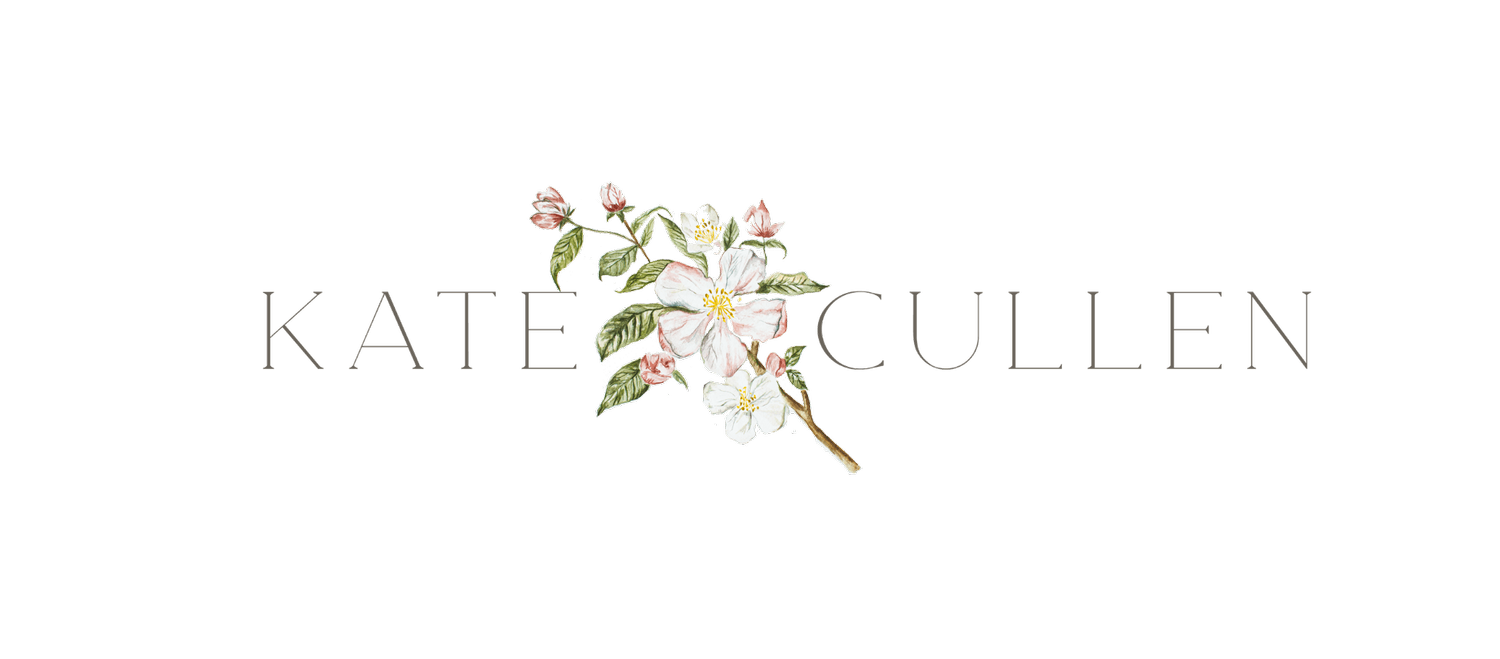Narcissus: where every petal holds a mirror to the soul
This week I treated myself to a bunch of tulips and narcissi. Buying myself flowers has been a regular occurrence for some years now, an unconscious act of self-love. I often buy them when I’m feeling low, or the weather has been particularly awful and I need a pick-me-up.
This time I also had bought myself a new lens so it was a joy to not only take the time to examine the petals in detail, but also to capture them on camera. It had been far too long since I had taken time to just revel in the beauty of flowers just for the fun of it. Work has been frenetic - with some amazing projects and clients, but with a large proportion of screen time. So it was time to take a break and use my eyes for seeing, not just looking this week.
I leave you with some of the images I took - and don’t forget you get a free image to download every week if you’re signed up to my newsletters too.
Narcissi flowers hold a significant and enduring place in the history of Britain. The Romans are believed to have introduced the earliest daffodils to the country, drawn to their captivating beauty and believed medicinal properties. However, it wasn't until the 17th century that daffodils truly captured the hearts of the British people as beloved ornamental garden plants. Renowned English poet William Wordsworth also contributed significantly to their popularity, immortalizing daffodils in British literature through his celebrated poem "I Wandered Lonely as a Cloud." Today, daffodils stand as iconic symbols of spring in Britain, embraced and honored in festivals and gatherings nationwide, and cherished for their hugely varying yellow blossoms that joyfully adorn the country's gardens and landscapes.
The Greek myth of Narcissus tells the story of a young man who becomes infatuated with his own reflection. Unable to tear himself away from the image, he eventually wastes away and is transformed into the narcissus flower. This myth serves as a cautionary tale about vanity and self-absorption. Today, the narcissus flower remains a potent symbol of self-admiration and egotism, as well as the dangers of excessive self-love. However, the flower also represents rebirth and new beginnings, as it blooms in the early spring, bringing hope and renewal. In modern times, the narcissus flower is often used to convey feelings of respect and admiration, making it a complex and multifaceted symbol in both ancient mythology and contemporary culture.
The simple gesture of choosing yourself flowers to enjoy at home that brings you joy and brightens your space can have a powerful impact on your mood and well-being. It is a nurturing act that communicates self-worth and appreciation. It's a reminder that you deserve to surround yourself with beauty and that your own happiness is worth investing in. Whether it's a vibrant bunch of wildflowers or a delicate arrangement of roses, treating yourself to flowers can be a meaningful way to show yourself kindness and a well-deserved treat after a a tiring week at work.



